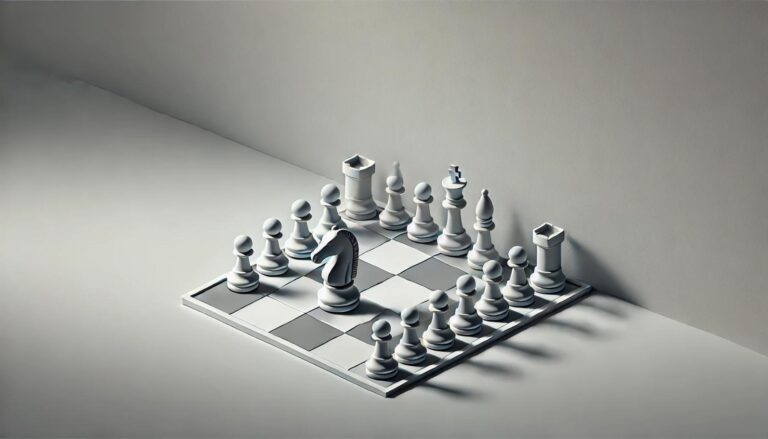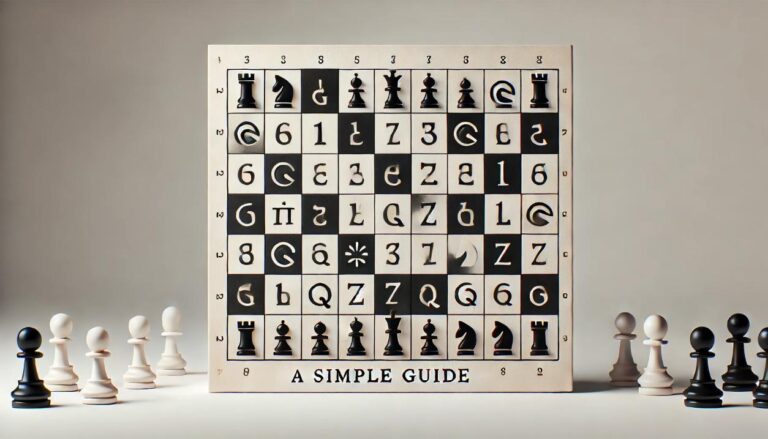What is Chess Board Size?
Chess is a strategic and competitive game that has been played for centuries. The game features a board with 64 squares, alternating between light and dark colors, and 32 playing pieces that are split evenly between two players. While the standard dimensions of a chessboard have always been 8 x 8 squares, there is a growing interest in different sizes of chess boards. In this section, we will explore the importance of chess board size and how it affects the game.
The Evolution of Chess Board Sizes
The origins of the standard 8 x 8 chess board can be traced back to India in the 6th century. Over time, the game spread throughout the world, and different cultures adopted their own variations of the chess board. For example, the Chinese adopted a 9 x 9 board, while the Japanese developed a 13 x 13 board. However, as chess became more standardized and popularized, the 8 x 8 board remained the most commonly used size.
The Influence of Chess Board Size on Game Strategy
The size of the chess board can have a significant impact on the strategy and gameplay of the game. On a smaller board, players have fewer squares to work with, which can lead to a faster-paced game as players have less time to maneuver their pieces. Smaller boards also require players to be more precise in their moves, as there is less room for error.
4. Influence on Difficulty
The Relationship Between Chess Board Size and Difficulty
The size of the chess board can also impact the level of difficulty for players. As mentioned earlier, smaller boards can lead to a faster-paced game, which can be challenging for novice players who may not have as much experience or quick thinking. Smaller boards also require players to be more precise in their moves, making it more challenging to execute a successful strategy.
5. Advancements in Technology
The Emergence of Non-Standard Chess Board Sizes
In recent years, there has been an emergence of non-standard chess board sizes, thanks to advancements in technology. With the popularity of online chess and digital chess boards, players now have the ability to choose from a variety of board sizes, ranging from smaller 6 x 6 boards to larger 12 x 12 boards.
In conclusion, while the standard 8 x 8 chess board will always hold a special place in the history and tradition of the game, it is evident that the size of the board can greatly impact the gameplay, strategy, and difficulty level. As chess continues to evolve, it will be interesting to see how more varied board sizes will be incorporated into the game and how players adapt to these changes.


